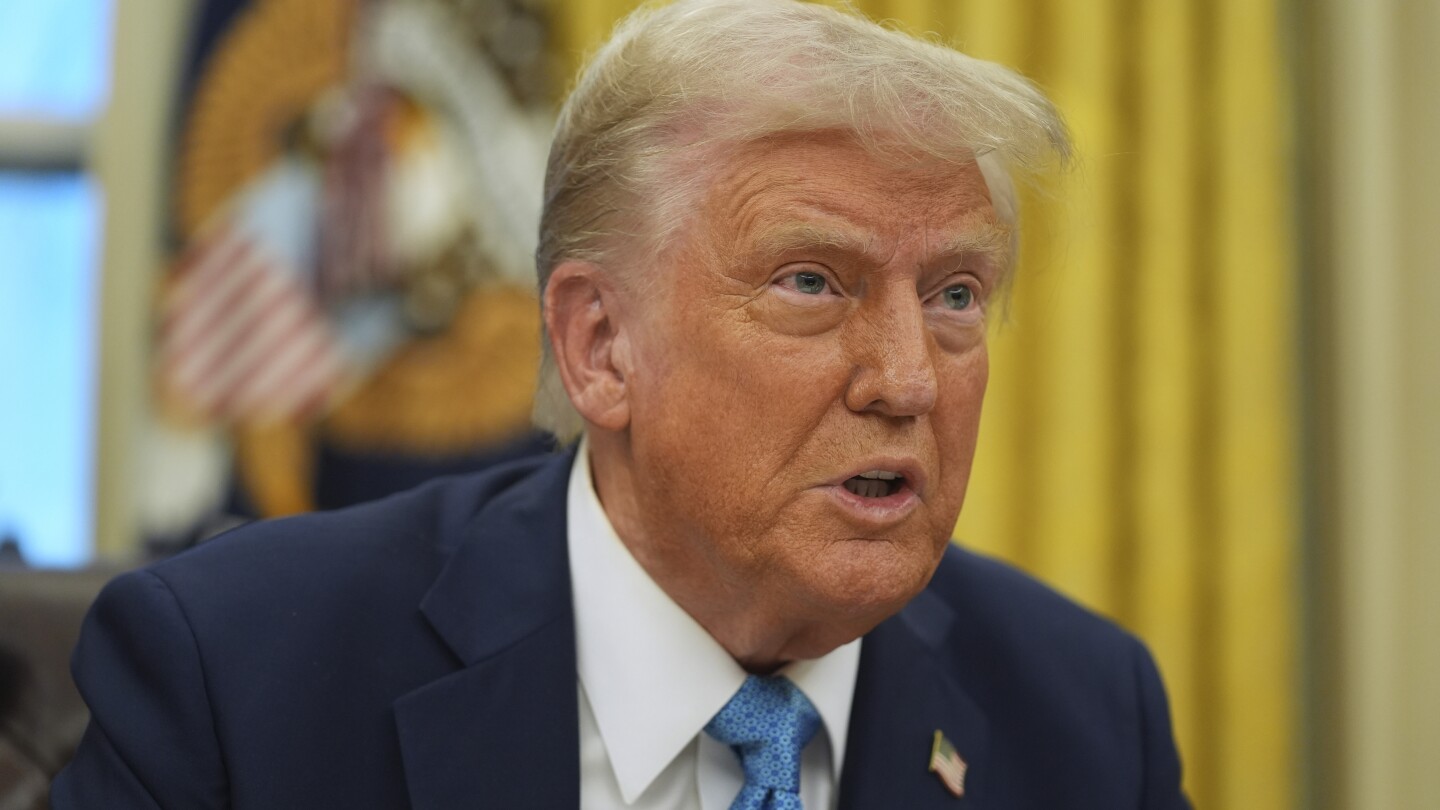Turbulence at the Top: Trump's Whirlwind Week of Executive Disruption and Political Drama

The early days of President Donald Trump's second week in office were nothing short of a political whirlwind, sending shockwaves through the nation with each passing day. His administration seemed to operate like a high-stakes reality show, bringing back vivid memories of the tumultuous dynamics that defined his first term in the White House.
Each day brought new controversies, unexpected policy shifts, and a sense of unpredictability that kept the country on edge. The rapid-fire executive orders, contentious press conferences, and unconventional leadership style quickly rekindled the intense political drama that had characterized Trump's previous tenure.
The administration's approach appeared to be a deliberate strategy of constant disruption, challenging established norms and keeping both supporters and critics perpetually surprised. From diplomatic relations to domestic policy, Trump's team seemed intent on maintaining the same high-energy, confrontational approach that had become his political trademark.
As the week unfolded, it became clear that the echoes of his first term were more than just coincidental—they were a deliberate continuation of a political style that had both energized his base and polarized the nation.

